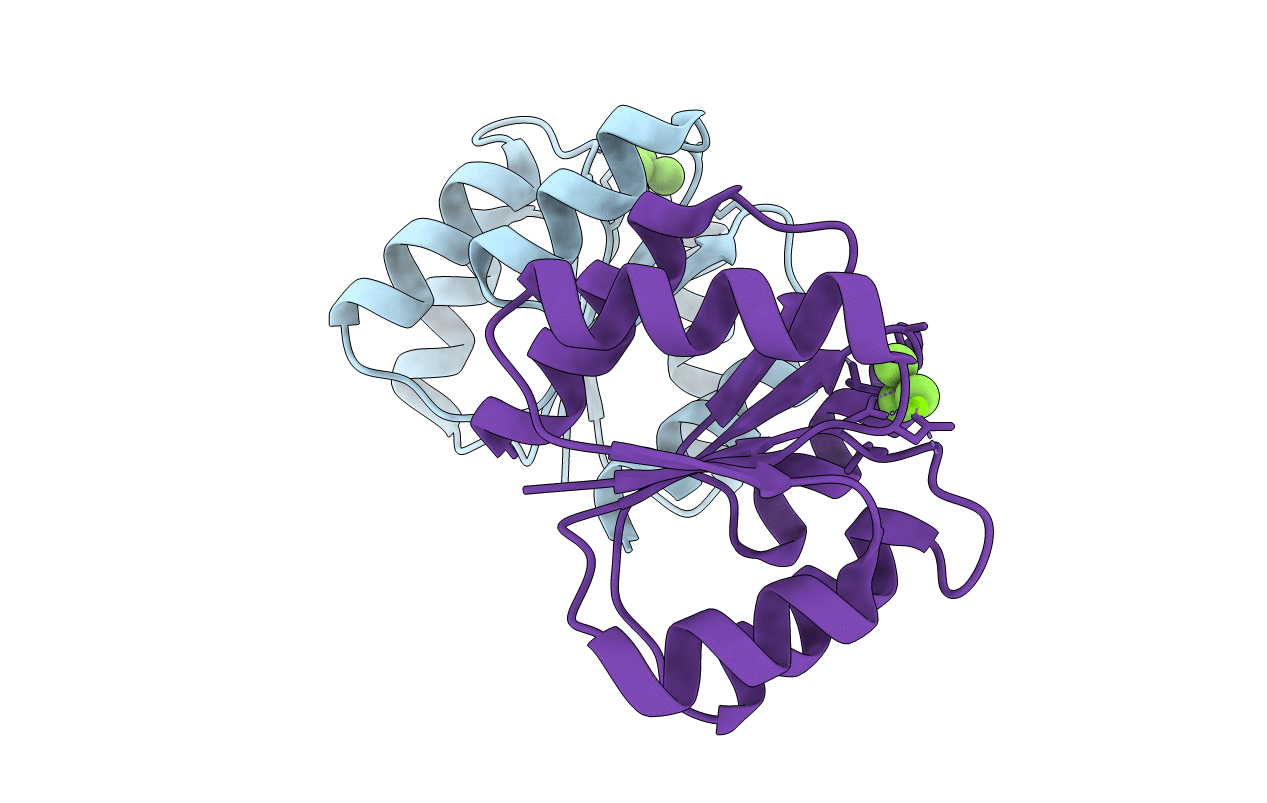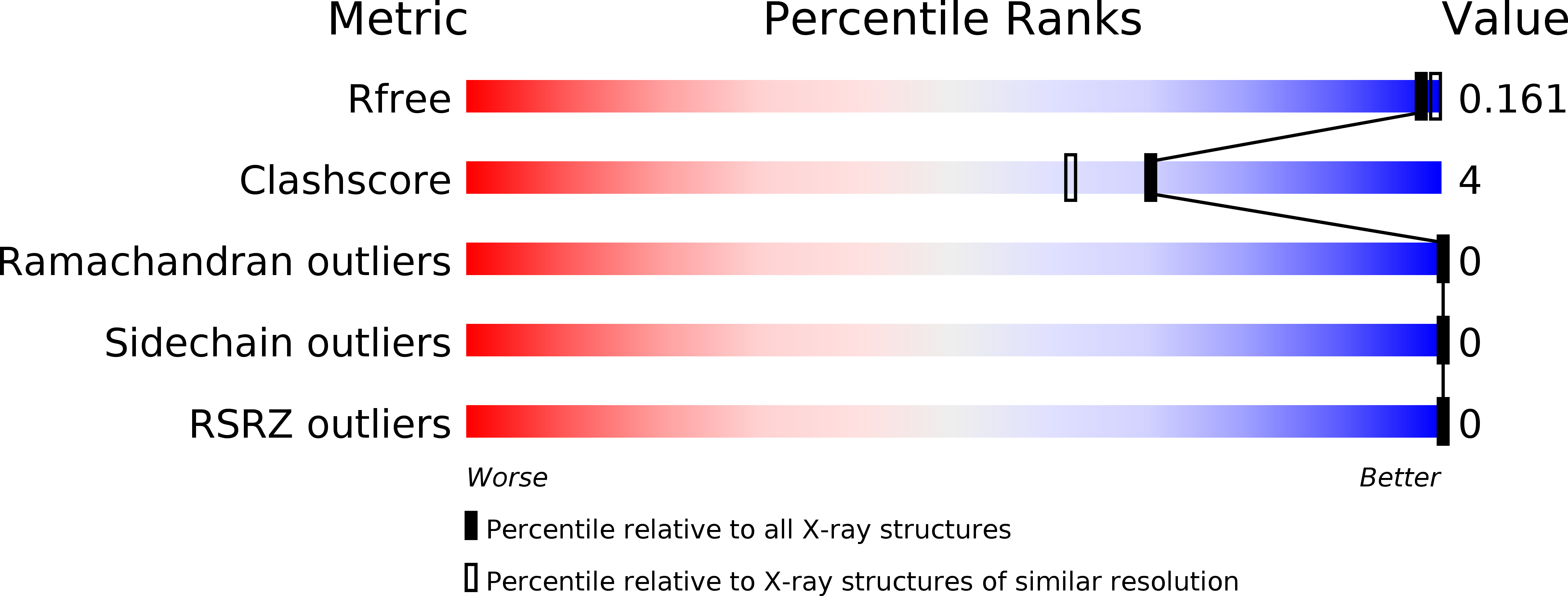
Deposition Date
2013-04-15
Release Date
2013-07-24
Last Version Date
2023-11-08
Entry Detail
PDB ID:
3W9S
Keywords:
Title:
Crystal Structure Analysis of the N-terminal Receiver domain of Response Regulator PmrA
Biological Source:
Source Organism:
Host Organism:
Method Details:
Experimental Method:
Resolution:
1.70 Å
R-Value Free:
0.17
R-Value Work:
0.16
R-Value Observed:
0.16
Space Group:
P 41


